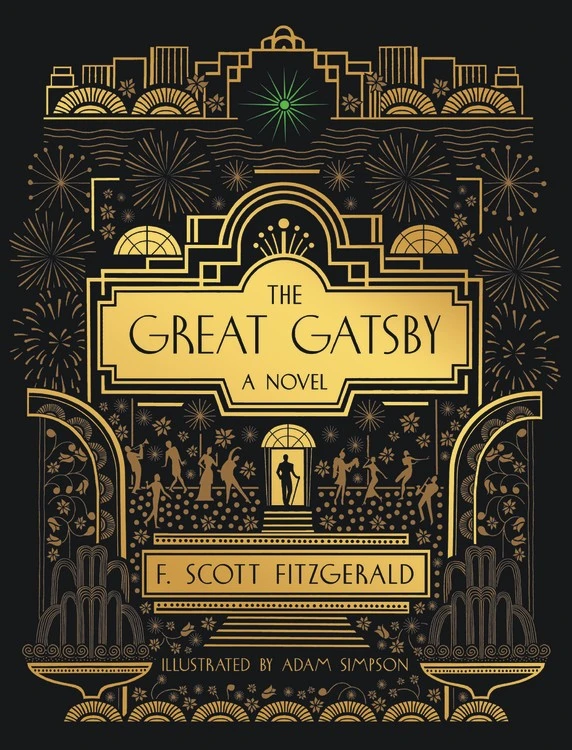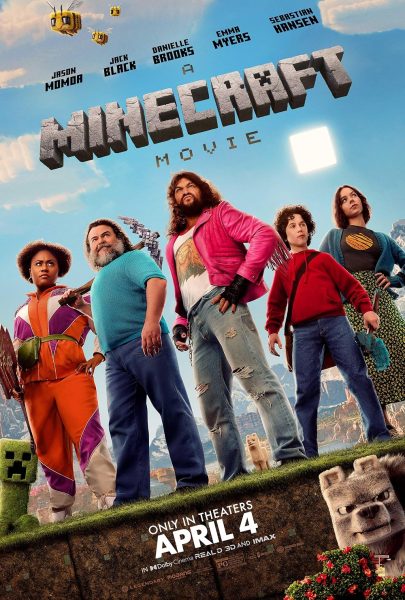Classics Reviewed: The Great Gatsby
Black Dog and Leventhal Publishers
The Great Gatsby is one of the most well-known novels written by author F. Scott Fitzgerald.
The book The Great Gatsby by F. Scott Fitzgerald is so well known in our culture that it immediately evokes images of wild parties, opulent mansions, and the roaring 20s itself. It is so famous, in fact, that it is considered by many to be the best encapsulation of its decade in any piece of literature. The story is about Nick Carroway witnessing the tragic downfall of Jay Gatsby, his mysterious millionaire neighbor who throws massive parties in an attempt to pursue a married woman by the name of Daisy Buchanan, who he loved in his youth. With all of this said, one question remains: Does it remain an interesting read in the modern era?
The novel is short compared to most classics, consisting of only nine twenty-page chapters. However, this does not mean it does not go on tangents. Fitzgerald spends large sections of the story either describing the setting or the expression on character’s faces. This is not necessarily a bad thing, for example, it can build suspense, but overall, most do not, and it is a pretty description-heavy book. Also, despite the novel being known for its depictions of the 1920s in the United States, Fitzgerald uses language that tones down abrasive events, which does dull things down. For example, the downfall of Jay Gatsby is abrupt and is not given too much detail, leaving the audience feeling a little detached from the event altogether.
The story itself is quite straightforward, with each chapter advancing towards the final reveal of Gatsby’s backstory, even if one cannot tell at first. Every meeting between the characters serves a purpose in some form. However, while the book does get to the point eventually, there are long conversations beforehand that do not seem to directly matter to the plot. They talk about everything from baseball games to gossip to stocks, which may make those conversations look like filler, but it can be strongly argued that those interactions are why the book is so well-known. The Great Gatsby is known as one of the best descriptors of U.S. culture in the 1920s, and these scenes that seem to take a while to get to the point actually serve the purpose of setting the scene and reinforcing the world the characters live in.
The characters themselves are relatively static, meaning that they do not change much throughout the story, but this is meant to show the main moral of the novel. Most of the people can be boiled down to a few traits, such as Nick being honest or Daisy being flighty. This makes the plot easy to follow, and because of its short length, does not hurt the overall quality of the story. In fact, it makes it so the theme of the book is clearly highlighted and gives the reader a better understanding as to what they should take away. This is because characters find themselves so fixated with certain goals, such as Gatsby wanting to end up with Daisy, that it becomes a detriment to their own livelihoods. This would make the story a cautionary tale, showing how trying to live in the past is an impossible goal that can destroy the wellbeing of those who pursue it and those around them.
The Great Gatsby by F. Scott Fitzgerald is a well known classic that depicts people fruitlessly searching for a “perfect life” during the roaring twenties. Despite its frequent long and sometimes dull descriptions, it has a heavily entrenched setting and easy-to-follow plot. Its cast has rigidly defined characteristics that help the reader understand the themes being expressed, cementing the story as a cautionary one. This book is best for readers who enjoy morally gray characters, grandiose settings, mysteries, and jazz age literature.



























































